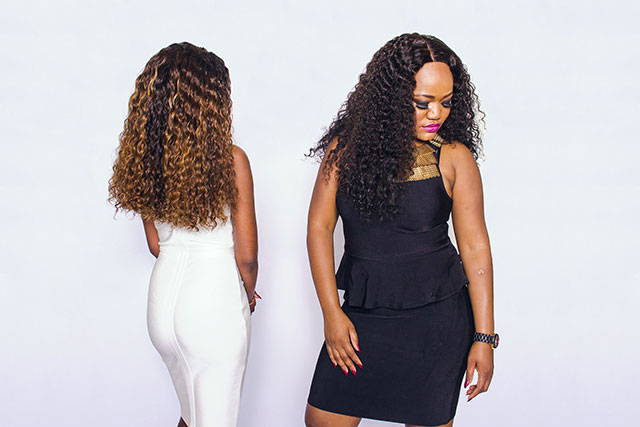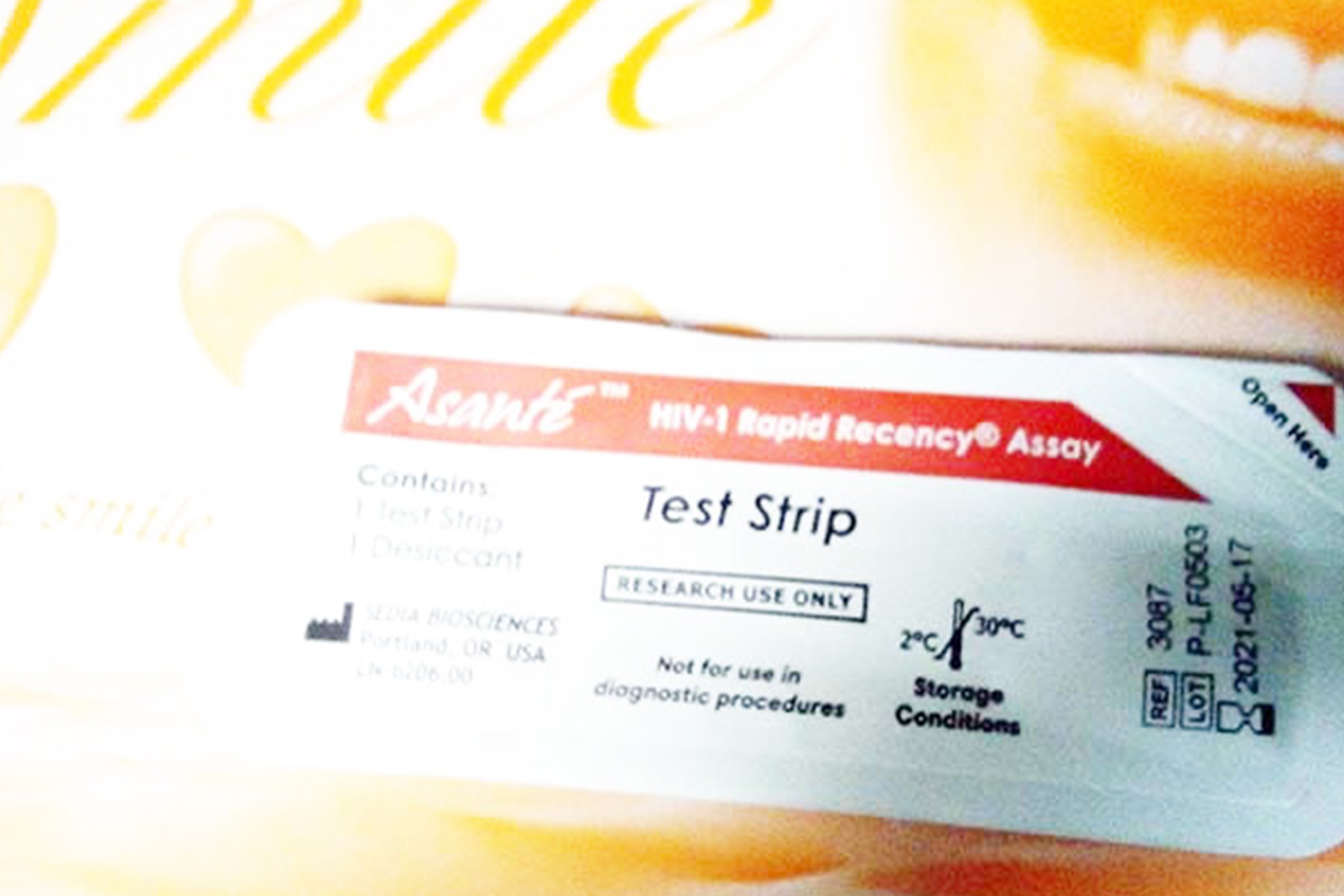If you haven’t joined the wig life, this festive season is the ideal time to get started with one of the best protective styles to rock over the holidays.
Wigs not only offer the best option to switch up styles effortlessly but also save you hours of time spent at hair salons. Additionally, your hair and hair line are best protected in this style which causes little to no strain on hair.
We caught up with local entrepreneur and owner of The Virgin Hair Boutique, Albertina Ndishishi, to talk about what one needs to know about wigs.
First decide what type of texture you want and in what style. Think wavy, straight or curly styles that can be made either into a bob or lace frontal wig. Wigs are also made with faux locks, kinky hair as well as afros – giving a wide array of options for versatile looks.
The type of hairline to customise your wig in is also another aspect to consider when choosing a wig. Nowadays, lace frontals and closures are all the rage, which give the most realistic hairline ‘look’ to your wig.
For the scorching Namibian summer, a shorter style may be a better option to avoid sweating too much. While YouTube is filled with tutorials to learn how to make a wig, it’s best to get an expert to make one for you for the best results.
Colouring your wig is a fun option to incorporate all the different sides of your personality, but going blonde should be done with caution.
“The trick about bleaching is that you need to do a dip treatment for your hair immediately after doing so and after that, at least once a week for at a month. Otherwise you’re going to have dry hair,” she said.
Using a good quality shampoo is essential and that means opting for a non-sulphate organic shampoo as sulfate strips the hair of natural oils. This is important as there’s no direct supply of nutrients from your scalp into the extension hair strands.
When travelling, it’s very easy to care for both your wig and your natural hair underneath it. For starters, Ndishishi said that lace frontals are not ideal, and a 4 x 4 closure will be better instead. It’s also best, she said, that first-timers opt for either wavy or straight textured hair as curly hair requires more maintenance.
“Since a wig stand may take up more space in your luggage, you can always travel with your wig in a small bag but I’m assuming that if you’re travelling, you’re more likely to travel with it on your head,” Ndishishi said.
She adds that it’s best to avoid sleeping with your wig on and to always massage and moisturise your scalp daily.
“Unless you’re bald underneath, you need to wash and moisturise your natural hair every week,” she said while adding that the wig itself should also be washed, conditioned and moisturised weekly, especially if it’s to be worn daily.
“If you don’t take care of your wig, it’s going to clump up and dry out very quickly, but if you take care of it, it can last you up to two or three years,” she said.
When washing your wig, care should be taken with the hair weft which can tend to get bulky if it’s not taken care of.
With most of us going to holiday destinations with plenty of water activities, Ndishishi stressed that swimming is a no-no when wearing a wig. Unless you’re fine with your wig floating in the opposite direction in a pool packed with curious onlookers.
Stay informed with The Namibian – your source for credible journalism. Get in-depth reporting and opinions for
only N$85 a month. Invest in journalism, invest in democracy –
Subscribe Now!






